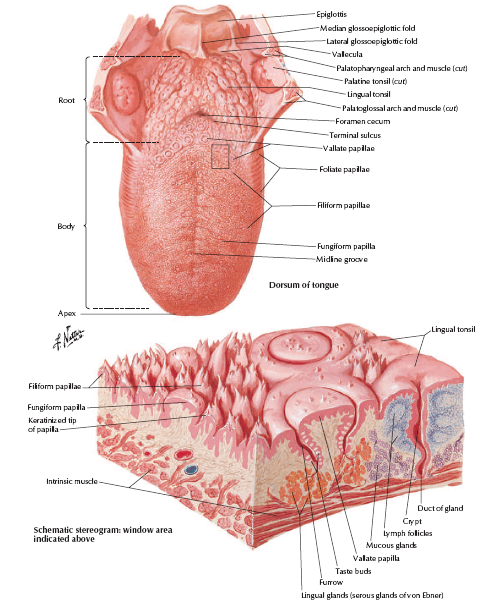LUNG
he right lung consists of three lobes: the right upper lobe (RUL), the right middle lobe (RML), and the right lower lobe (RLL). The left lung consists of two lobes: the left upper lobe (LUL) and the left lower lobe (LLL).
URINARY BLADDER AND URETER
Human excretory system includes organs that facilitate the removal of nitrogenous wastes from the body. The main excretory organs include kidney, ureter, urinary bladder and urethra. Kidneys filter the blood and urine is the filtrate obtained.
Life of every organism depends on certain basic processes. Excretion is one among them. Different organisms follow different modes of excretion. In complex organisms including humans, there is a specialized system for excretion called human excretory system.
FEOTAL LUNGS
lungs make up a large part of your respiratory system, which is the network of organs and tissues that allow you to breathe. You have two lungs, one on each side of your chest, which is also called the thorax. Your thorax is the area of your body between your neck and your abdomen
LUNG
The lung root on the left is ensheathed by the pulmonary ligament which hangs inferiorly. The relations of the root to landmarks on the surface of the lung is described in the submenu on the mediastinal surface. The left-sided lung root is approximately triangular in shape with the apex pointing posteroinferiorly.
MENISCUS OF KNEE JOINT
Pathophysiology
The most common causes for meniscal tears are trauma-related injury and degenerative disease (the latter more common in older patients).
In traumatic tears, the mechanism typically involves a young patient who has twisted their knee whilst it is flexed and weight-bearing, with the onset of symptoms following soon after.
FEOTAL LUNGS
When an unborn baby's lungs form during pregnancy, they grow in parts called lobes. Each lobe connects to the airway so air can move in and out of it when the baby starts breathing after birth. A fetal lung mass can cause problems before the baby is born if it gets big enough to put pressure on: other parts of the lung.
LINK ON YOUTUBE
LUNG
The costal surface is covered by the costal pleura and is along the sternum and ribs. It also joins the medial surface at the anterior and posterior borders and diaphragmatic surfaces at the inferior border. The medial surface is divided anteriorly and posteriorly.
DESCEDING AORTA
The aorta is the largest artery in the body, initially being an inch wide in diameter. It receives the cardiac output from the left ventricle and supplies the body with oxygenated blood via the systemic circulation.
INTERIOR OF TESTIES
The testes — also called testicles — are two oval-shaped organs in the male reproductive system. They’re contained in a sac of skin called the scrotum. The scrotum hangs outside the body in the front of the pelvic region near the upper thighs.

